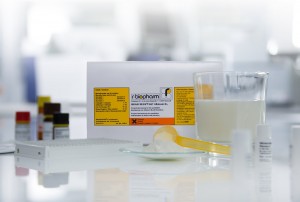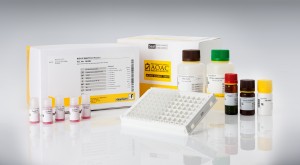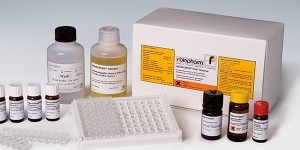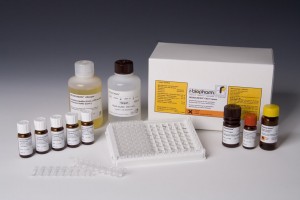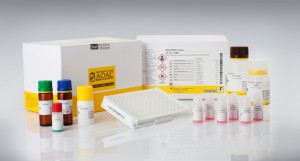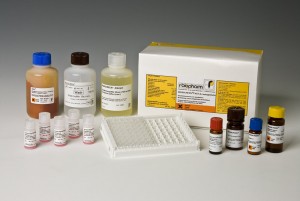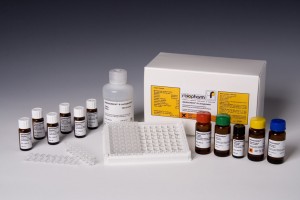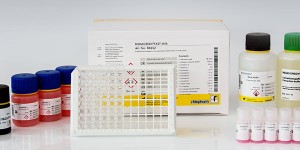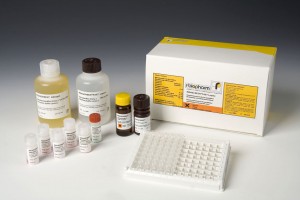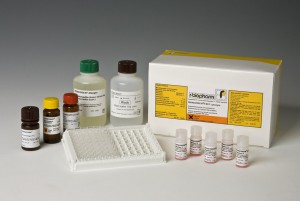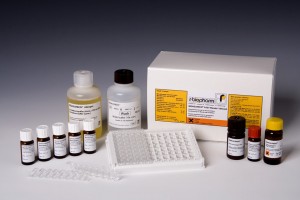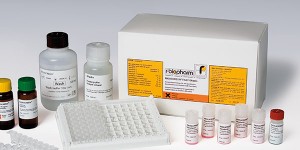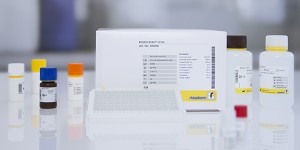Food allergens
For the majority of the general public, the consumption of food is harmless. However, it may cause life threatening reactions in food allergic subjects and dramatically restrict the quality of life.
Scientists estimate that approximately 2 – 4 % of adults and 6 – 8 % of children suffer from food allergies as well as the huge number of persons with food intolerances, their prevalence is difficult to estimate, due to missing studies. Different to food intolerances, real food allergies are highly dangerous for patients, because they are caused by errant immune reactions. These reactions are usually triggered by proteins; allergic subjects are already sensitized to these proteins.
The labelling of these allergenic proteins, called allergens, is of great importance for allergic subjects. In this context, hidden allergens are dangerous due to their appearance, for example in convenience food or as unintended contaminations of food during storage and production.
To protect allergic persons from undesired consumption of allergens, the food labeling regulation of the EU was passed. This EU regulation is continuously updated and revised (EU regulation 1169/2011, became effective in December 2014). Since November 2005, food producers are committed to label ingredients which can cause allergies or intolerances. This includes following substances and food produced from them:
Furthermore, sulfur dioxide and sulfites in a concentration more than 10 milligram per kilogram must be labelled. Other countries also have labelling regulations, adapted to country-specific allergens, e.g. concerning:
In most production lines, more than one product is produced which may result in unintended contaminations with allergens. Contamination may occur due to cross-contact of raw materials, poor storage, contaminated joint production machinery, dust in the air, improper reuse of leftovers, incomplete or faulty packaging, or other. To protect consumers and to assure an adequate labelling, an HACCP concept including reliable on-site allergen analyses must be implemented. For this purpose, R-Biopharm provides immunochemical (ELISA, lateral flow test) as well as molecular biological (PCR) techniques.
- ELISA tests for allergen analysis

